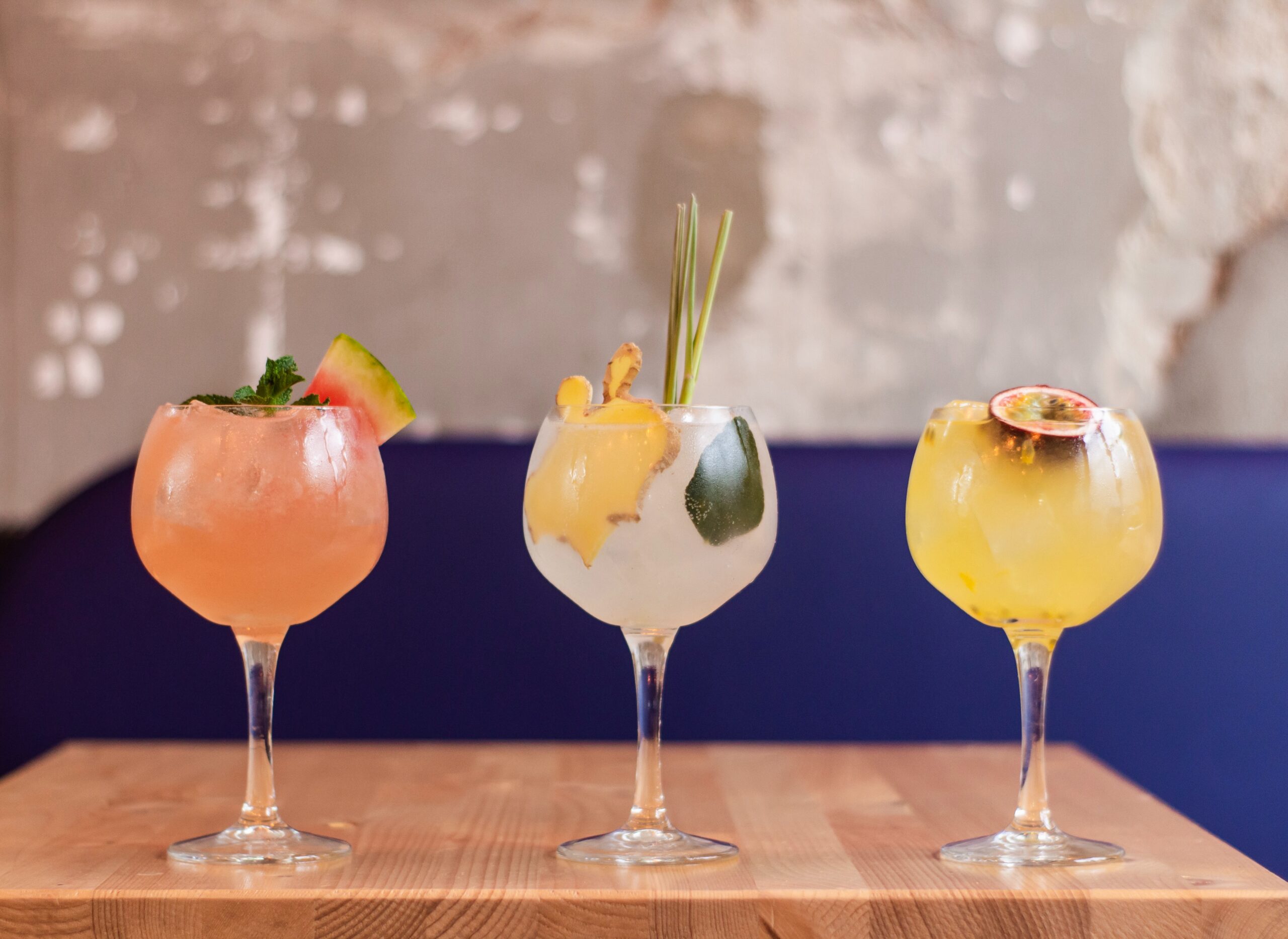Should Your Craft Beverage Business Make Non-Alcoholic Options?
Let’s learn about the no-alcohol market’s rise, how independent businesses are responding, and how you should, too.

Your mission as a craft beverage establishment is to make and serve drinks that delight guests and inspire them to come back again. So as non-alcoholic beverage demand grows, does your business need to throw its hat in the ring?
Let’s learn about the no-alcohol market’s rise, how independent businesses are responding, and how you should, too.
The Market & Audience For Non-Alcoholic Drinks Is Growing
According to IWSR Drinks Market Analysis, the no-alcohol market surpassed $11 billion in 2022, growing $3 billion in 4 years. By 2026, the IWSR expects to see double-digit volume growth in the US!
Of course, this impressive growth is all to meet the accelerating consumer demand. Maria Pearman, a CPA and expert in the alcoholic beverage industry, speculates that the no-alcohol audience is growing as guests seek more alternatives. Maria says that just because a crafted beverage comes with no alcohol doesn’t mean guests view it as an inferior product, comparing it to sugar-free Diet Coke.
In addition, the primary demographic for no-alcohol options is ages 35-54, with disposable income to spend.
So if not to save money in this inflation-ridden economy, what’s driving growth of the no-alcohol audience?
- Lifestyle choices: Younger generations are more conscious than ever about their mental and physical health. Plus, athletes, moms, and regular drinkers are indeed seeking drink alternatives so they can drive safely later and feel better tomorrow, among other reasons.
- Sober-curiosity: “Right between abstinence and alcohol, there’s something in the middle — and that would be sober-curious,” says Chris Marshall, the founder of Sans Bar which is one of many new alcohol-free bars in the US. He goes on to share that some people need “permission to abstain” and “not feel judged for it.”
Alcohol-free options give non-drinkers the space and community to enjoy crafted drinks without the pressure to imbibe.
Craft Beverage Producers React To No-Alcohol Growth
Businesses Lean In To Expand Product Offerings
For craft beverage businesses that have the resources and desire, their teams are expanding product offerings with alcohol-free choices.
Geary Brewing Company, New England’s first craft brewery, wanted to offer guests more options while staying authentic to their brand. That’s why they launched a non-alcoholic product line: 1820 Brewing Co. 1820 touts all of the flavor craft beer lovers crave with none of the headaches.
Geary and 1820 owners Robin and Alan Lapoint had the brand recognition, equipment, and food safety backgrounds necessary to expand successfully. But if you didn’t already guess, launching an alcohol-free line isn’t easy!
What To Consider Before You Expand Into Alcohol-Free Offerings
There’s 3 main considerations to keep in mind with a new no-alcohol product line:
- Costs: Although no-alcohol beverages aren’t taxed at the same rate as alcohol, you won’t necessarily spend less to produce them. Nielsen IQ research reveals the differences in average unit costs of the following drinks:
Wine: $11.01 alcoholic, $6.84 alcohol-free
Beer: $8.01 alcoholic, $9.48 alcohol-free
Spirits: $12.26 alcoholic, $27.27 alcohol-free
- Competition: Your business enters a whole new ball game with a lot of new competition in the alcohol-free market. Plus, the number of competitors is continuing to grow!
- Team bandwidth: Accomplishing the same high product quality in no-alcohol offerings requires completely new production processes. Plus, without alcohol, your team needs to identify different food safety and shelf stability measures for these new products.
So, Should Your Craft Business Make No-Alcohol Options?
We know that non-alcoholic beverages present a profitable market with a significant learning curve production-wise. So should your craft business invest the time and money?
Well, There’s Another Side Of The Coin: Higher ABV Alcohol
Before you throw caution to the wind and try no-alcohol out, determine what your guests consider the most valuable. In general, the industry used to view more volume as more value. But nowadays, some drinking guests perceive more alcohol as higher value.
Breweries in particular are pushing the limits of ABV to quench the thirst of IPA-loving guests. And with boosted beer sales at gas stations and convenience stores, beer businesses face the challenge of standing out among other single-serving offerings.
“It’s not a pantry-load situation,” says Dave Knospe, Senior Director of Branding at New Belgium Brewing. “When people are making that decision to have one beer, they can amp up the ABV.”
Do your guests value the thrill of pushing ABV limits? It’s worthwhile to do the research.
Listen To Your Guests & Pursue What Inspires You
At the end of the day, your craft business should stay true to your brand and your guests. People reach for different drinks depending on the occasion, and if your no-alcohol options are as good as your pro-alcohol options, your sales will reflect that.
Dave, despite working for a notoriously high ABV brand, admits that “brand and style are the top two things folks are looking for.” When it comes to alcohol percentage, he says: “I don’t know if there’s a magic number out there.”
What no-alcohol drinks lack in booze, they make up for in maintaining a positive brand identity. If made well, like 1820 Brewing’s NA beer, guests happily choose no-alcohol options that have the same style and quality they already love.
“NA can have the same lore and history and legacy that alcohol does,” Chris from Sans Bar reminds us.
So keep building your craft beverage legacy, with or without the alcohol.
Spotlight photo by Louis Hansel on Unsplash.
